Food and drink
In Italy, food is generally something to savour, but it can pay to eat on the go.
Getting takeaway pizza, piadina, or foccaccia usually only sets you back a couple of euros – look for 'pizza al taglio' to buy pizza by the slice, or seek out delis where you can get a sandwich made from fresh ingredients to order.
And at cafes, you'll almost always pay less if you have your sandwich or coffee standing by the counter rather than sitting down at a table.
READ ALSO: Why coffee in Italy is a culture you must taste to understand
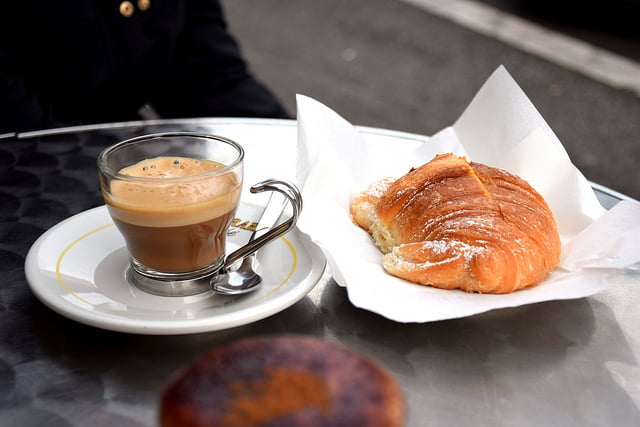
Photo: Evelyn Hill/Flickr
Restaurants are usually reasonably priced in Italy, but don't get caught out by pricey tourist traps. Some red flags include huge and fancy signage, menus translated into multiple languages and illustrated with pictures, and anyone standing outside to beckon you in – the best (and cheapest) places know they don't need to advertise.
In cities with a university, you'll find well-priced eateries close to the campus, while business districts in large towns tend to offer plenty of 'tavole calde' – a type of cafeteria that's a great way to get good quality, fresh food at a low price. Having your main meal at lunchtime rather than in the evening saves money too, with many restaurants serving generous portions at lower prices.
Come dinner time, look for bars offering 'aperitivo' – for around €5-10, you get access to a buffet with your drink. It pays to do your research, as depending on the venue, 'aperitivo' can range from a few crisps to a delicious spread of hot and cold foods which will leave you feeling satisfied.
READ ALSO: Five great spots for aperitivo on a budget in Milan
Cooking for yourself? Head to a local market where you'll be able to pick up in-season produce at a lower price than the grocery store. Italians look for fruit which is 'brutto ma buono' (ugly but good), so it might be a bit lopsided but the flavour should be incredible.
Alternatively, look for budget supermarkets such as In's Mercato, Lidl, or Penny Market rather than more upmarket chains.
As for drinking, a water bottle is a good investment as Italy's towns and villages have plenty of public water fountains dotted around.
In the mood for something stronger? Alcohol, especially wine, is often great value in Italy (though mixed drinks in clubs get expensive), but to get more for your money, try to track down 'vino sfuso' – wine sold from vineyards or trattorias where you take your own bottle or container to fill up at an absurdly low price.
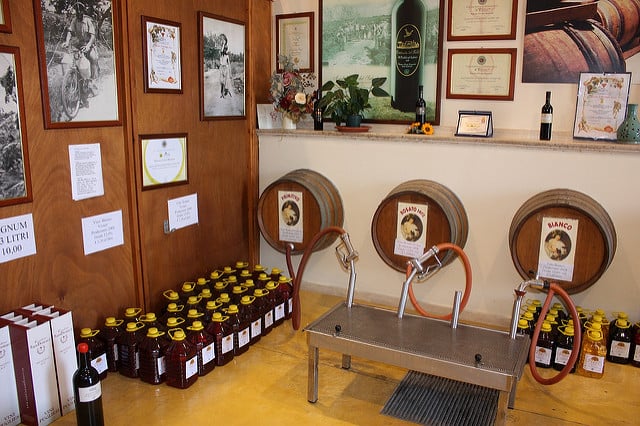
Vino sfuso. Photo: Fabio Ingrosso/Flickr
Travel
In many Italian cities, you can get around on foot or by a bike. But when you need to use public transport, it's cheaper to get your ticket beforehand rather than on the bus or tram (which isn't even an option in some cities) and students can almost always get discounts on transport passes by showing university ID.
Taxis are an expensive option, but women should know that in several big cities including Rome and Florence, there's a discount for women travelling alone at night.
- Ten awe-inspiring routes for cycling through Italy
- These are the 20 prettiest villages across Italy
- Seven breathtaking alternatives to Italy's tourist hotspots
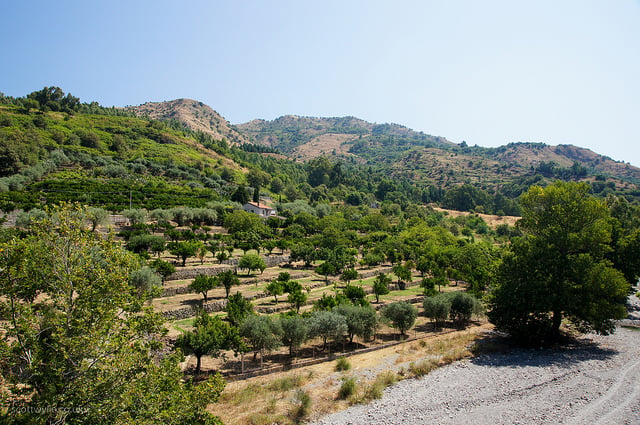
The Sicilian countryside. Photo: Scott Wylie/Flickr
For longer trips, make sure you buy train tickets in advance – the Trenitalia website is easy to use and you can even navigate it in English. Sign up for a Frecciarossa card to get emailed with special offers for these more expensive but quicker trains, or enjoy the scenery on a slower route to save money.
Remember that Italy's major cities are well-served by budget airlines including Ryanair and Easyjet, so it's often worth checking if a flight would get you there quicker for less money.
READ ALSO: Nine unmissable Italian train journeys through magic landscapes
Culture
There are plenty of beautiful things to see for free in Italy, from churches housing priceless art to ancient ruins you can walk around to some of the country's best museums.
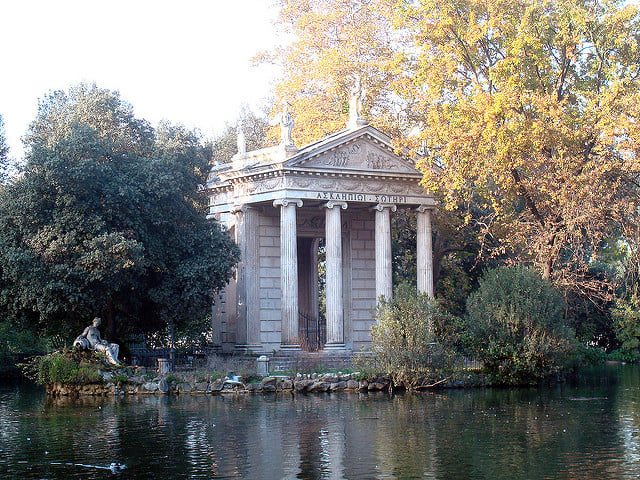
The Villa Borghese park is one of the capital's best free sights. Photo: Erik/Flickr
In Rome, many of the most popular sights are open for free on the first Sunday of each month, which means long queues in the summer, but is a great option outside tourist season.
READ ALSO: From taps to ancient erotica: Fifteen of the strangest museums in Italy
Otherwise, make sure you have your student card with you, as many places offer discounts for EU citizens under the age of 25 and/or students – particularly if you're enrolled on an art, history, or archaeology course.
Essentials
Italy is a cheap country compared to northern Europe and the US, but there are a few things that might catch you out. For example, pharmacies and medicines are often pricey, so it can pay to bring supplies of anything you think you might need from home.
Another common gripe from expats is that public toilets in Italy are hard to find and are rarely free – in Venice, they cost €1.50. It's usually a better bet to stop at a cafe, bar, or restaurant and use their facilities, though note that it's considered rude to do this without buying something as well.
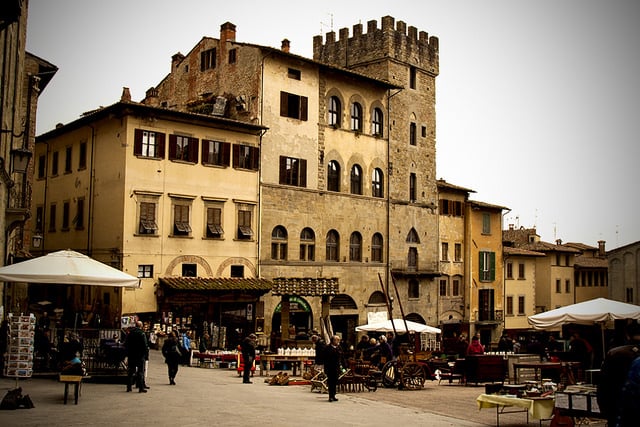
The marketplace in Arezzo. Photo: VisitTuscany/Flickr
Clothes are typically more expensive in Italy than in the US, for example, but you can save money by going to local markets (don't be afraid to haggle!) or waiting until the sales, held twice a year in January and August.
You may well be coming to Italy to improve your language skills, but there's no need to shell out on private lessons. Most towns and cities have active language exchange or 'tandem' groups where you can meet native speakers who will help you practise Italian in return for some help with English (or any other language you speak).
And for the miscellaneous items you realize too late that you didn't bring with you, it's worth checking out Bakeca and Kijiji. These are two online classifieds listings where you can pick up furniture, bicycles, gadgets, sports equipment, and more or less anything else you can think of. In a university town, there will often be noticeboards where students advertise secondhand items such as textbooks and bicycles at a cheap price.
READ ALSO: Everything you need to know before a semester abroad in Italy

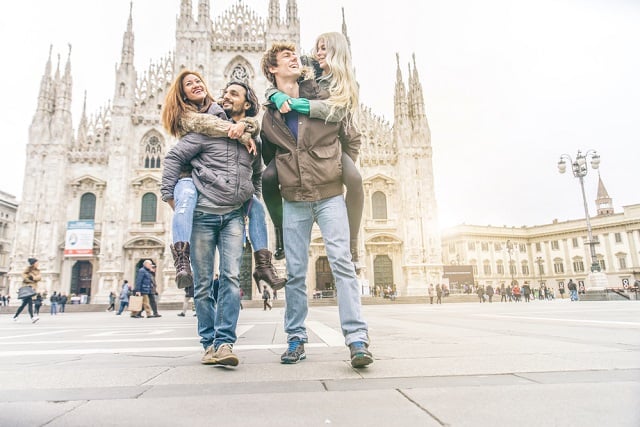
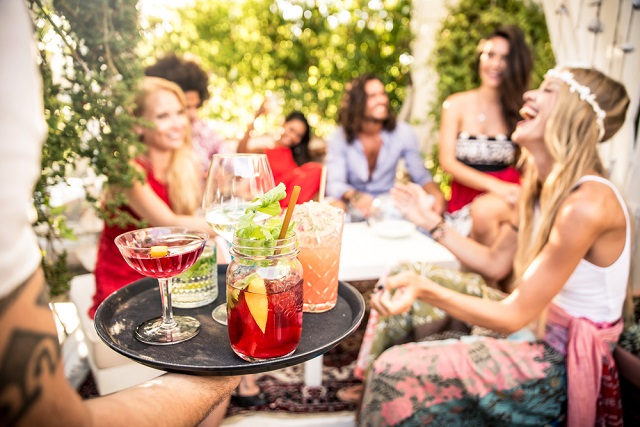


 Please whitelist us to continue reading.
Please whitelist us to continue reading.